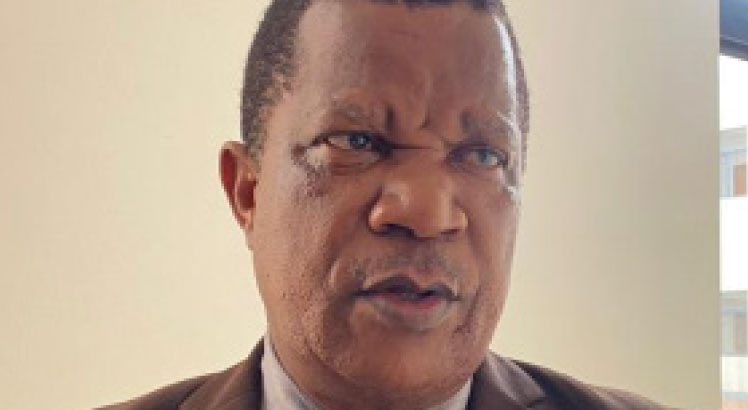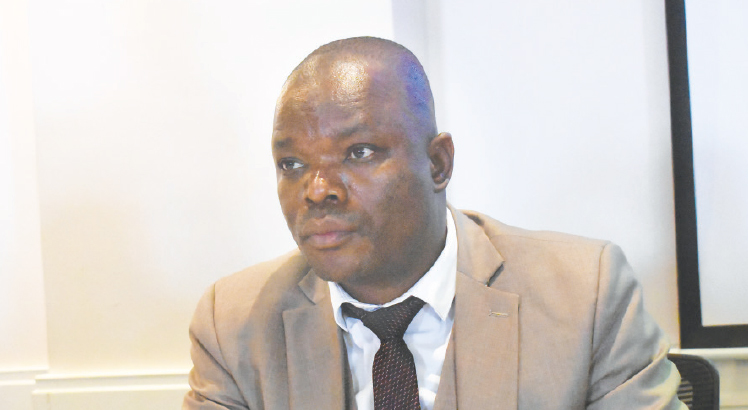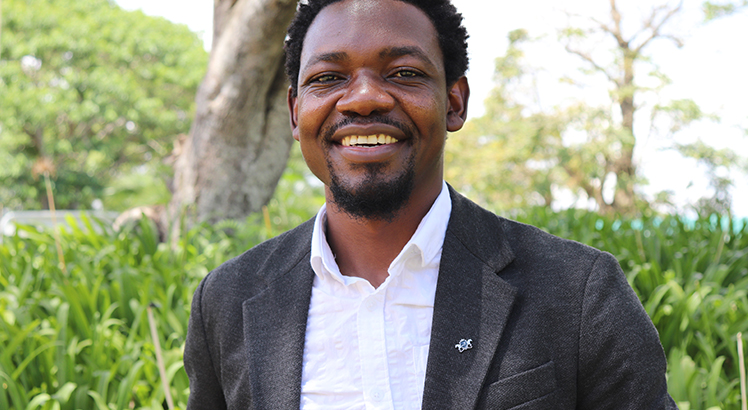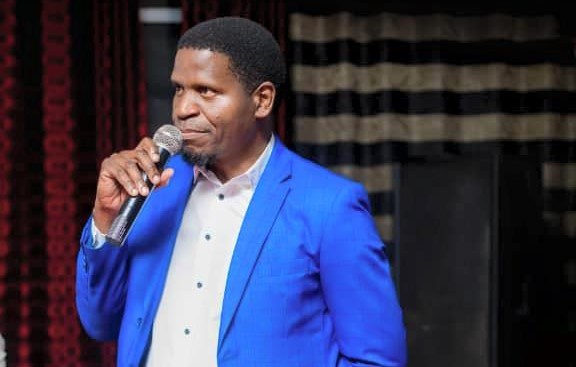‘Malawi on track to achieve MDG on water’

In this interview, Paida Mpaso speaks with Ministry of Water Development and Irrigation public relations officer James Kumwenda on whether Malawi will achieve the MDG on access to potable water by 2015.
Q Malawi is said to be on course to meet the Millennium Development Goal (MDG) on access to safe and clean water; yet, research shows that a good percentage of Malawians lack safe and clean water. How do you explain this?
According to the official government statistics which are produced by the National Statistical Office (NSO), access to safe water supply services stands at 83 percent (i.e. according to Welfare Monitoring Survey, 2012). These statistics are also in line with the Joint Monitoring Programme (JMP) report of 2012 [on the international phase] which also indicates that Malawi is at 83 percent access levels.
However, the ministry is aware that there are some places where safe and potable water supply is still a challenge either because some water points have become non-functional or they have not been provided by a water point yet.
QMost boreholes in villages are either damaged or are situated far away from some households, is there anything being done to address this problem?
A The Ministry and its stakeholders are currently implementing several projects aimed at improving levels of access to safe and potable water to the people of this country. In this case, access is defined as being in the radius of 500 metres [for rural areas] and 200 metres [for urban areas] to a water point.
For instance, the National Water Development Programme (NWDP) aims at improving the access to safe and potable water and improved sanitation in the rural, urban, towns and market centres.
Q Why then do some Malawians still lack access to safe water?
A
The ministry has always said that among its many challenges, vandalism and theft of water facilities both for rural and urban water supply are some of the major challenges.
In addressing this problem, the ministry introduced the concept of community-based management and water users associations to improve on issues of management, security, operations and maintenance of water points at community level.
The ministry makes sure that before a facility is handed over to a community, there is a water point committee (WPC) that is well trained/oriented on issues of management, operation and maintenance of the water point.
Q How does the ministry achieve this?
A
The ministry developed training manuals for that purpose and encourages all stakeholders involved in the provision of water points to be using these manuals when training WPCs to enhance proper management of the facilities for their sustainable utilisation.
Q
How do you address concerns that some water points are situated fa away from households?
A
Sometimes it is difficult to find a suitable place closer to the houses in some localities due to hydro geological problems of a particular area.
Q
You give an impression that this sector is making good progress when Blantyre Water Board, for instance, provides 86 000 m3 of water a day which is not enough for a population of 700 000. Should we say this sector is doing well?
A
The ministry’s vision is ‘Water and Sanitation for All Always and Prosperity through Irrigation’. This, therefore, means that much as access levels are at 83 percent [national average], as a ministry, our aspiration is that every person has access to safe and potable water always. However, due to population increase [as you rightly said], in most of the towns, demand for water supply has exceeded the production levels as per the designs of the existing infrastructure.
The ministry, through NWDP, is implementing several projects in all the five water boards that are aimed at improving the current water problems in the long run through major rehabilitation works and identification of new water sources.
Therefore, what this means is that, as a ministry, we are not satisfied with the current access levels, as our aspiration is to have water for all always [100 percent access]. However, when it comes to the MDGs target on water [which is to halve the population of the country that does not have access to safe water by 2015], as a country we are doing well.
QHow is the ministry dealing with inconsistent water supplies?
A
As indicated above, the ministry strives to provide safe and potable water to all always; hence, it is our hope that this will be achieved one day. However, this largely depends on the level of investment that the sector will have over the coming years. It will also depend on better management, operation and maintenance of water supply systems by the communities.
Q
Why should Malawi have water problems when the country has vast water bodies such as Lake Malawi?
A
It all hinges on the level of investment that the country has put into the sector. Having abundant water resources is one thing and managing and developing that resource for domestic and industrial use [among other uses] is another.





